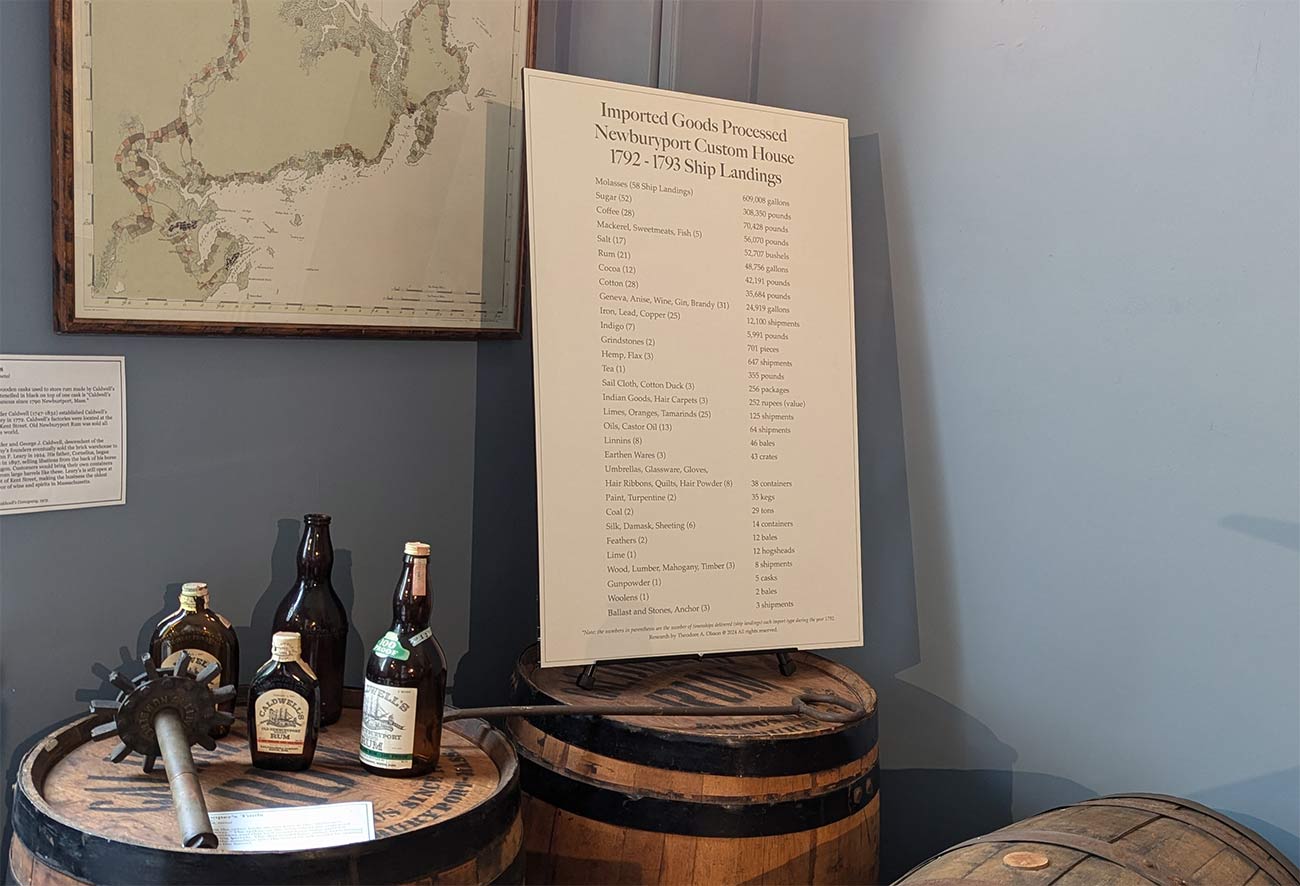Perhaps one of the most famous vessels built in nearby Amesbury was the Essex, which gained internation attention when sunk by a whale, thus inspiring Herman Melville to write Moby Dick. Ship construction continued but it was eclipsed by foreign trade. Fish and lumber remained the basic exports. European nations were embroiled in the Napoleonic Wars and this placed the United States in the position of being the sole neutral carrier of food and other goods. During the first years of the 19th century, Newburyport reached its zenith as an internationally known seaport, with every ship’s cargo inspected by the Custom House officers.

By 1815 the total value and tonnage of the town was ⅔ of what it had been in 1807 and Newburyport lost her status as an international port.
Plan Your Visit
Plan Your Visit
- Museum Hours
Sunday: 12 pm - 5 pm
Closed Monday
- Tickets
Free for NBPT residents, kids under 12, and museum members
Cost of admission includes access to the Discovery Center.
- Parking
City parking is available adjacent to the museum. View parking lot directions.

250th Anniversary - American Revolutionary War Newburyport
